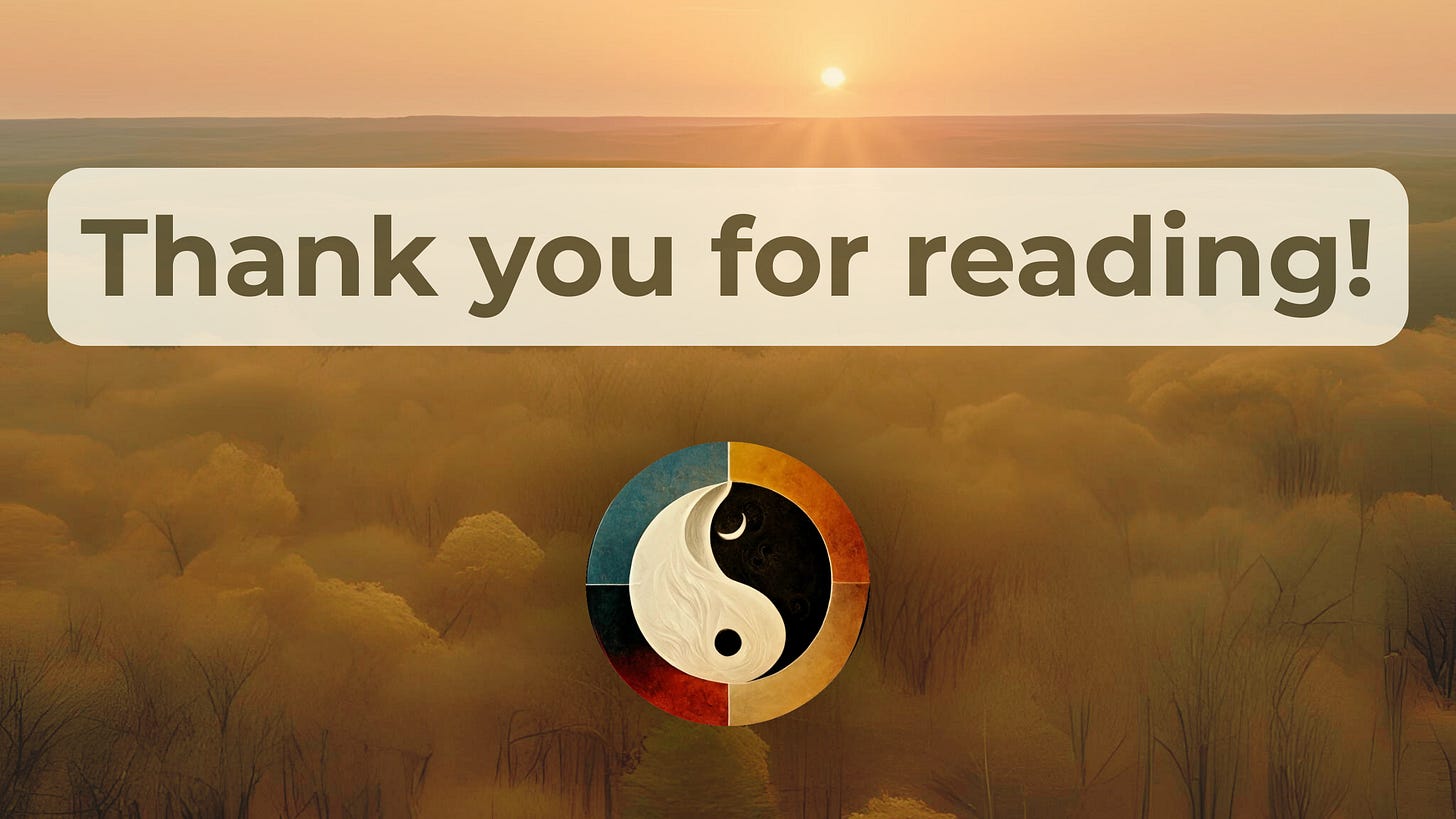Alchemy of Effort: Scrubbing Debris Leads to Gold
Why Life is Just a Game of Where’s Waldo
If life were an Instagram reel, we would all be millionaires by 25, in perfect relationships, drinking green smoothies on Mediterranean balconies.
But the real world usually tells us to slow down and wait. We wait for recognition, for results, for meaning. The notion of ‘scrubbing a lot of debris to extract gold’ is not just a mining metaphor; it is a universal principle that applies to every domain where greatness is pursued.
In a world that celebrates instant gratification, the virtues of patience and persistence often feel antiquated…like dial-up internet or fax machines.
Yet, just as gold miners must separate through mounds of dirt to find precious metal, individuals must endure setbacks, boredom, and dead ends to achieve lasting success.
This article explores the psychological, behavioral, and even evolutionary underpinnings of patience and argues that enduring the debris of life, uncertainty, failure, and discomfort is necessary for transformation. Along the way, we examine scientific research, real-life examples, and toss in a few philosophical chuckles for good measure.
So why are we so impatient? And how can we reclaim the power of patience in a world built for speed?
The Science of Patience: More Than Just Waiting
Patience is not just a moral virtue handed down by stoic grandparents; it is a cognitive and emotional regulation skill that influences decision-making, goal achievement, and mental well-being.
According to research published in the journal Emotion, patient people experience lower levels of depression and have better life satisfaction [1]. From an evolutionary standpoint, patience was crucial. Our ancestors who could delay gratification, waiting for prey, seasons, or the right conditions, had higher survival rates. Today, the prey may be a book deal or startup funding, but the biology remains.
There is a famous quote: “Patience is not passive; on the contrary, it is active. It is concentrated strength.” – Edward G. Bulwer-Lytton.
The Modern Dilemma: Microwave Culture, Crockpot Rewards
We live in an age where buffering for more than two seconds makes us consider switching Wi-Fi providers. Apps promise six-pack abs in 30 days and language fluency in 10 minutes daily. While these promises are tempting, most meaningful accomplishments come with a more extended gestation period, often messy and nonlinear.
In a landmark study known as the Marshmallow Test, psychologist Walter Mischel found that children who could delay eating one marshmallow to receive two later tended to have better life outcomes as adults, higher SAT (Scholastic Assessment Test) scores, healthier relationships, and lower addiction rates [2], i.e. eat one marshmallow now, and you get sugar. This means that you wait a bit and get a metaphor for success.
Scrubbing the Debris: Real-World Applications of Patience
1. Creative Work: The First Draft is Usually Garbage
Ask any author, artist, or composer; the first attempt is rarely gold. Ernest Hemingway famously said, “The first draft of anything is [expletive].” Creativity is an iterative process that involves sorting through clichés, weak ideas, and false starts. Only through this debris do the original insights emerge.
2. Relationships: From Awkward Small Talk to Deep Bonds
Whether friendship, marriage, or professional collaboration, meaningful relationships require uncomfortable conversations, vulnerability, and time. If you want gold, you have got to endure the dirt of miscommunication and misunderstandings.
3. Innovation: The 10,000-Hour Rule and Beyond
Malcolm Gladwell’s popularization of the “10,000-Hour Rule” is based on research by Anders Ericsson conducted in 1993, emphasizing that mastery comes from extensive, deliberate practice. Whether in chess, music, or programming, you cannot hack your way to brilliance; you can only practice your way there.
Why Patience Feels So Hard and How to Get Better at It
Impatience often stems from uncertainty: What if I wait and there is no reward? This anxiety triggers the amygdala (the brain’s fear center), making patience feel like a gamble.
But here is the twist: studies show that believing in the process improves endurance. A paper published in the Journal of Personality and Social Psychology found that people with a growth mindset (believing effort leads to improvement) were significantly more persistent in long-term tasks [4].
Strategies for Cultivating Patience:
Reframe the wait: See it as preparation, not punishment
Chunk the process: Break long-term goals into micro-tasks
Track progress: Visibility over time increases motivation
Celebrate small wins: Because gold dust still counts as gold
The Humor in Hustling: Laughing While You Wait
Life’s ‘debris’ moments, failing a test, losing a job, burning dinner, are universal. And often hilarious, in hindsight. Humor researcher Rod Martin points out that laughter helps regulate negative emotions and sustain long-term goals [5]. So, when your life feels like you are scrubbing endlessly with no glint of gold, remember, even the best comedy comes from painful buildup.
Case Study: Thomas Edison and the Invention of the Lightbulb
Edison tried over 1,000 different materials before finding a filament that worked. When asked if he felt like a failure, he famously said:
“I have not failed. I have just found 1,000 ways that won't work.”
That’s the gold miner spirit; keep digging, even when you are knee deep in metaphorical mud.
Delayed Gratification is the Gold Standard
We often want life’s answers in a tweet, its success in a viral post, its meaning in a meme. But the reality is: the gold is buried. It takes effort to scrub through distractions, disappointments, and doubts. Yet those willing to keep going, those who see value in the process, not just the prize, are the ones who ultimately succeed.
So, keep scrubbing. Not because the work is glamorous, but because the glitter you seek lies just beneath the grit.
References
[1] Eysenck M. W., Derakshan N., Santos R. and Calvo M. G., “Anxiety and cognitive performance: attentional control theory.” Emotion (Washington, D.C.), vol. 7, issue 2, pp. 336–353, 2007. https://doi.org/10.1037/1528-3542.7.2.336
[2] Shoda Y., Mischel W., and Peake P. K., “Predicting adolescent cognitive and self-regulatory competencies from preschool delay of gratification: Identifying diagnostic conditions.” Developmental Psychology, vol. 26, issue 6, pp. 978–986, 1990. https://doi.org/10.1037/0012-1649.26.6.978
[3] Ericsson K. A., Krampe R. T. and Tesch-Römer C., “The role of deliberate practice in the acquisition of expert performance.” Psychological Review, vol. 100, issue 3, pp. 363–406, 1993. https://doi.org/10.1037/0033-295X.100.3.363
[4] Walton G. M. and Cohen G. L., “A question of belonging: race, social fit, and achievement.” Journal of Personality and Social Psychology, vol. 92, issue 1, pp. 82–96, 2007. https://doi.org/10.1037/0022-3514.92.1.82
[5] Mayer R. E., “Cognitive Theory of Multimedia Learning.” In R. E. Mayer (Ed.), The Cambridge handbook of multimedia learning, Cambridge University Press, pp. 31–48, 2005. https://doi.org/10.1017/CBO9780511816819.004
Do you want to support the author, ?
Any payment this article earns will go directly to him!





I honestly wouldn't quote Edison or rolemodel him in any way, especially in a taoist context. He was a trader and entrepreneur, profiting mostly from hard labour of others, not unlike Steve Jobs or Elon Musk. Would you find quoting Elon here appropriate, dear Author? :)
quote:
>Edison was legally credited with most of the inventions produced there, though many employees carried out research and development under his direction. His staff was generally told to carry out his directions in conducting research, and he drove them hard to produce results.